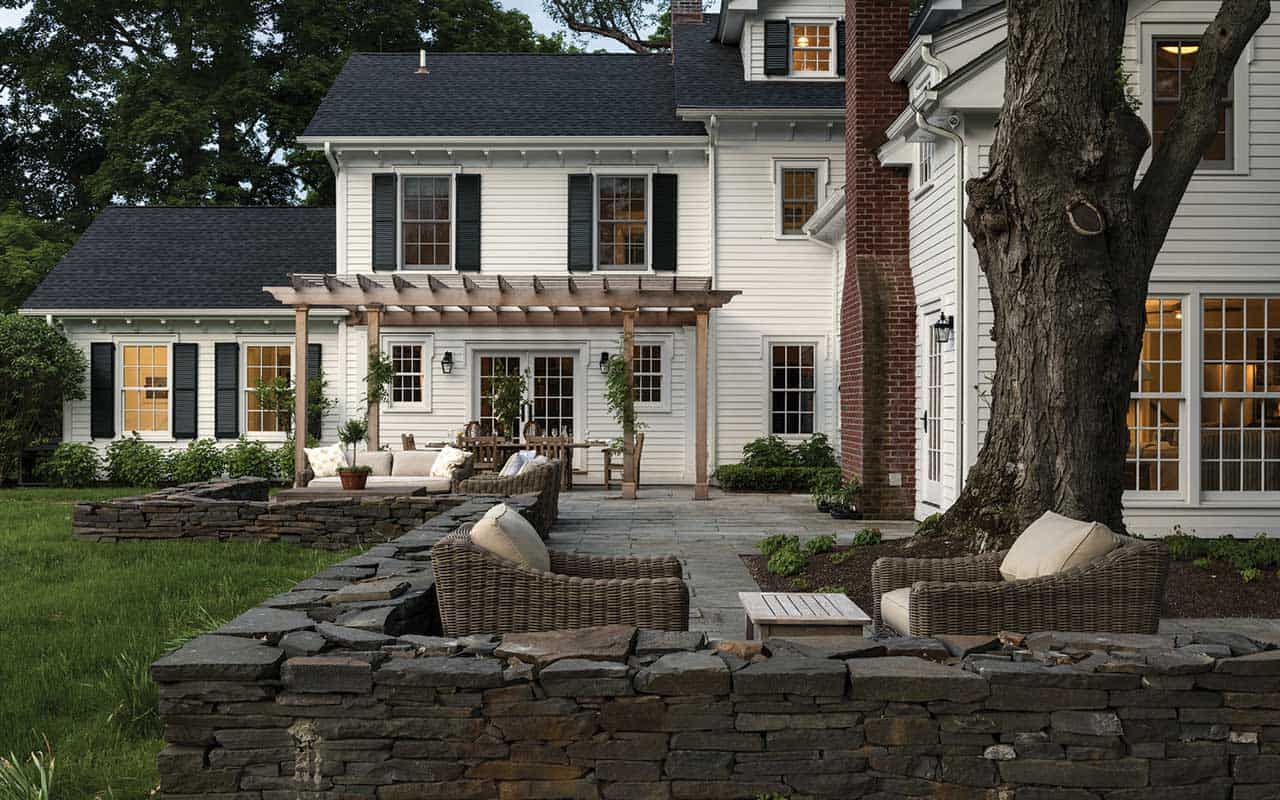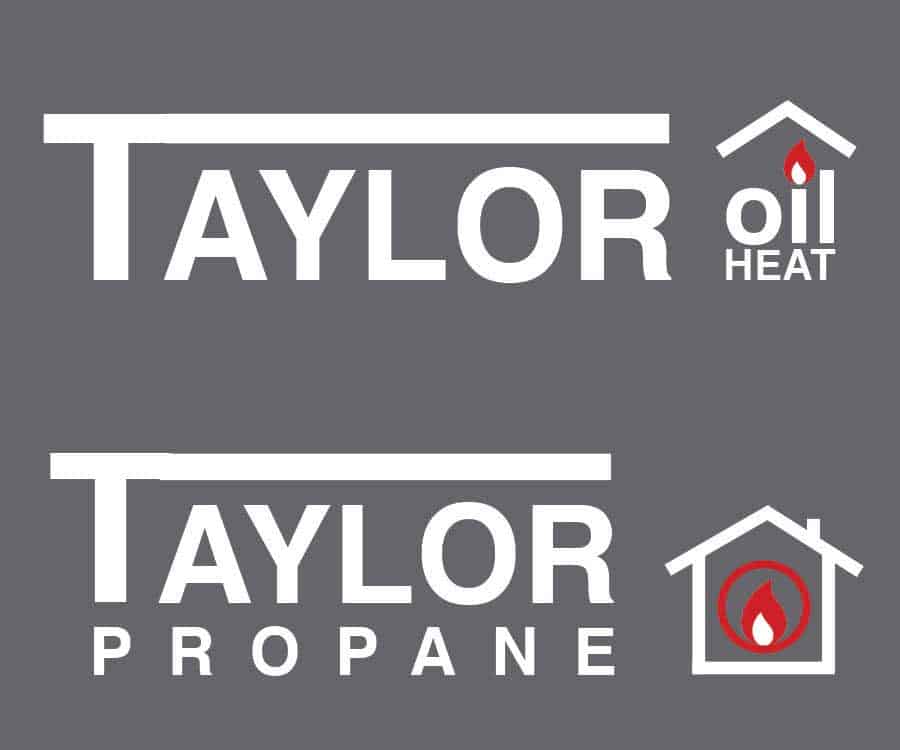Real Estate

Investing In Your Backyard
This year especially, the place to enjoy eating or hanging out with friends is outside your own home on a deck or patio with plenty of social distance. Do decks and patios add value to your home when you rent or sell? How much do they cost? What’s their history? What should you think about when adding a deck or patio to your home? Main Street investigates.
What’s the history of decks and patios?
You could think of decks and patios as porches without a roof, usually located at the back or side of a house. Both of them are recent additions to the lexicon of residential American architecture. A recent Smithsonian traveling exhibition Patios, Pools & the Invention of the American Back Yard, explained that it wasn’t until the 1950s that Americans began to consider the backyard as an extension of the home. Before then backyards were work areas, space to hang your laundry, Victory gardens, or a place to keep chickens or even a cow.
After World War II, Americans started leaving both big cities and rural areas to move to the suburbs. The post-war economic boom increased disposable income and created a large middle class with access to government mortgage financing and affordable home ownership. Families started spending more money on patios, pools, and well-kept lawns, which became a visible symbol of prosperity and keeping up with the Jones’.
In 1952, a welder at Weber Brothers Iron Works invented the iconic Weber Grill and outdoor cooking was born. Sliding glass doors were added to ranches to bring the outside in. Hot tubs and outdoor kitchens would follow later.
What’s the difference between a patio and a deck?
Both decks and patios can transform the look and feel of a house, enlarging its usable space, and adding to the enjoyment of a residence. Both provide sure footing above the dirt, mud, and bugs of the backyard for comfortable lounging or entertaining. Decks, like the decks on ships after which they seem to have been named, are made of hardwood, treated wood, or composite materials. Think of a deck as a wooden platform connected to a building, elevated from the ground, usually with a railing for safety and often steps for access.
Decks can be constructed over steep areas or rough ground, and are usually more expensive to build than patios. Often they are elevated to provide a view or cantilevered to provide accessible outdoor space to an upper floor.
Decks are also a popular place just outside the house where a smoker can enjoy a cigarette.
In contrast, patios are usually built of brick, stone, or cement, directly on the ground. Their design history originates in the courtyards of Moorish Spain, exported to the Spanish colonies and then reimagined in the modernist structures in California designed by architects like Richard Neutra, Charles Eames, to name a select few.
Patios became an inexpensive way to glamorize small ranch houses in post-World War II developments and stay within budget. Patios require less maintenance than decks, cost less, and last longer. But a patio must be installed on a level surface, which can be created by a poured concrete base or stone. Jimmy Crisp, a Millbrook-based architect, recommends stones set on top of a concrete slab to prevent weeds from coming up between the cracks.
The cost of a patio can be as low as $15 a square foot compared to a high-end estimate of $33 a square foot for an expensive deck. House Logic estimates that a patio would be around one third to one half the cost of a similar sized deck, assuming that the patio is built on level ground.
The popularity of decks versus patios differs by region of the country. In the Southwest, according to the National Association of Home Builders, 79% of new homes have patios compared to only 4% decks, while New England and the Middle Atlantic have the lowest patio percentage at 25% versus 66% for decks.
Are decks a good investment? Will they add to the value of my house?
Every year Remodeling Magazine estimates the cost and the amount recouped on sale of various home improvements. In the Mid-Atlantic and New England regions, the cost of an average composite deck is just over $20,000, which will increase the home’s sale price by around $15,000. Wooden decks are less expensive, typically costing around $15,000. Nationally the return is 67% for composite and 72% for wood.
Patios cost less, and are estimated to return around half of their cost upon sale. While either may seem like a money losing proposition, the return on the small amount invested in the project is higher than most interior renovations. The value of making a house more marketable for sale, especially in good weather, or the enjoyment of outdoor space can’t be calculated.
Deck versus patio
Aside from cost, maintenance, and return on investment, there are other considerations. Since decks are built off the ground or added to a second story, they can provide a better view than a ground level deck. Decks can also be painted or stained any color, and can be more easily integrated into the design of the house. On hot summer days wooden decks naturally absorb and retain less heat than stone.
If you want to incorporate trees, shrubs, and flowers into the design, a patio might be a better choice. Patios also work well for homeowners who have in-ground pools and a space around the area in which to gather for a cookout or relax. Patios are also preferable for outdoor cooking and fire pits. Remember that in our climate, extreme winter temperatures can tip patio stones dangerously.
Whether adding a deck or patio Crisp advises: “When designing a patio or a deck you must pay attention to the sun. If you are on the south side, some form of shade can make the difference between a place you want to spend time or not. A good durable, flat, regular surface is important when you want to slide your chairs.” And remember, whether adding a patio or a deck, it should be at least 12’ by 18’ to accommodate a table and chairs for six dinner guests.
House buyers are arriving every week in our area in search of a retreat from COVID and diminished life in New York City. Most buyers seek flexible indoor/outdoor spaces and are even imaging a deck or patio as a working from home outdoor office. A recent study by the National Home Builders Association discovered the 87% of the almost 4,000 homebuyers studied wanted a patio, and that 34% considered it essential. •
Christine Bates has written monthly real estate articles for Main Street Magazine since its first issue. She is a registered real estate agent in both New York and Connecticut.





